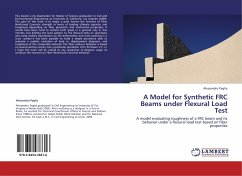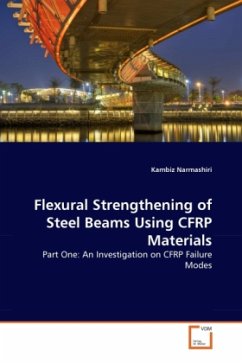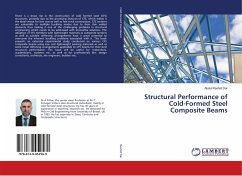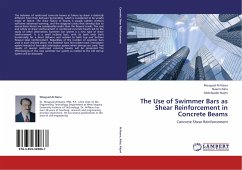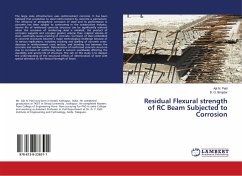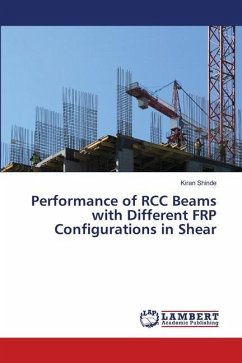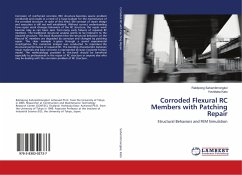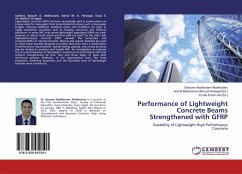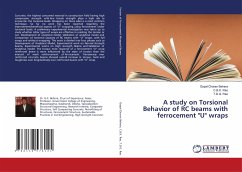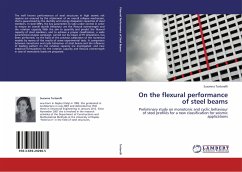
On the flexural performance of steel beams
Preliminary study on monotonic and cyclic behaviour of steel profiles for a new classification for seismic applications
Versandkostenfrei!
Versandfertig in 6-10 Tagen
52,99 €
inkl. MwSt.

PAYBACK Punkte
26 °P sammeln!
The well known performances of steel structures in high seismic risk regions are ensured by the attainment of an overall collapse mechanism, that is guaranteed by the ductility and energy dissipation capacities of steel members. In steel MRFs, the key parameters to take under control in order to ensure an overall ductile behaviour are the flexural overstrength and the rotation capacity. With the aim to quantify and predict the flexural capacity of steel members, and to achieve a proper classification, a wide parametrical analysis campaign, carried out by means of FE simulations, has been perfo...
The well known performances of steel structures in high seismic risk regions are ensured by the attainment of an overall collapse mechanism, that is guaranteed by the ductility and energy dissipation capacities of steel members. In steel MRFs, the key parameters to take under control in order to ensure an overall ductile behaviour are the flexural overstrength and the rotation capacity. With the aim to quantify and predict the flexural capacity of steel members, and to achieve a proper classification, a wide parametrical analysis campaign, carried out by means of FE simulations, has been performed, on the basis of the previous calibration of the numerical models by means of the results of some experimental tests. A comparison between monotonic and cyclic behaviour of steel beams and the influence of loading pattern on the rotation capacity are investigated, and new empirical formulations for the rotation capacity and flexural overstrength in case of monotonic loads are proposed.



